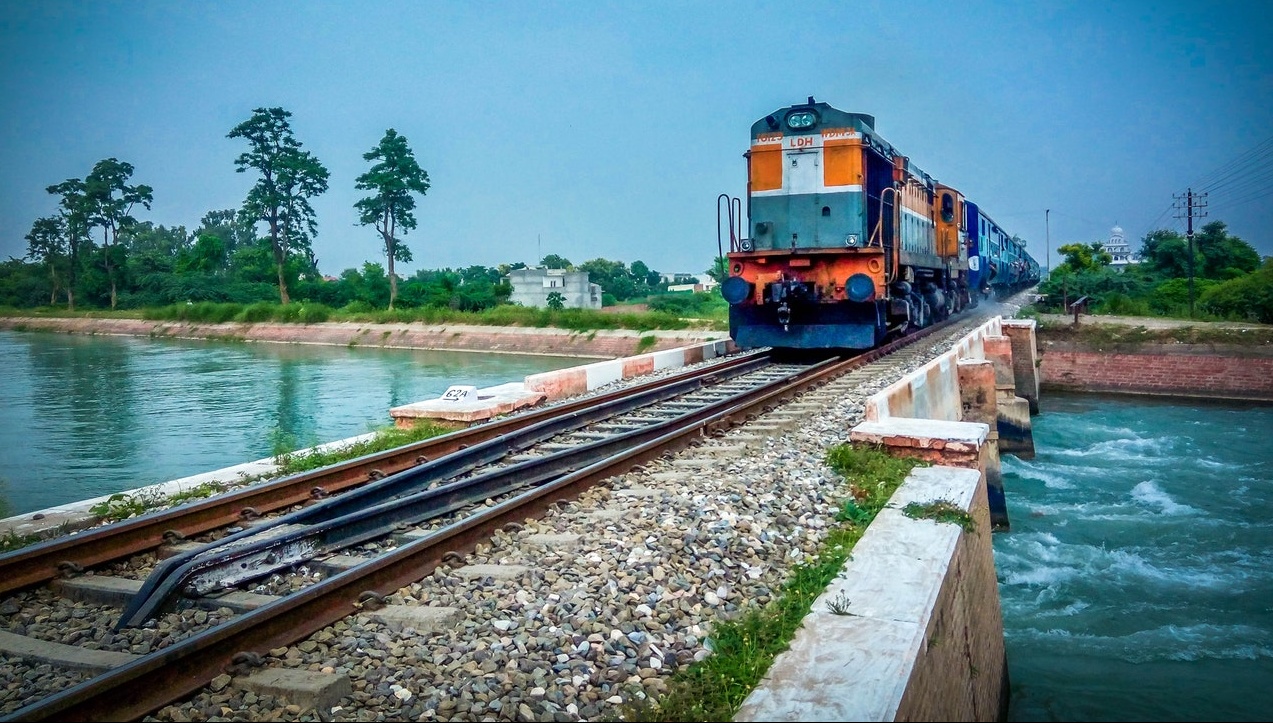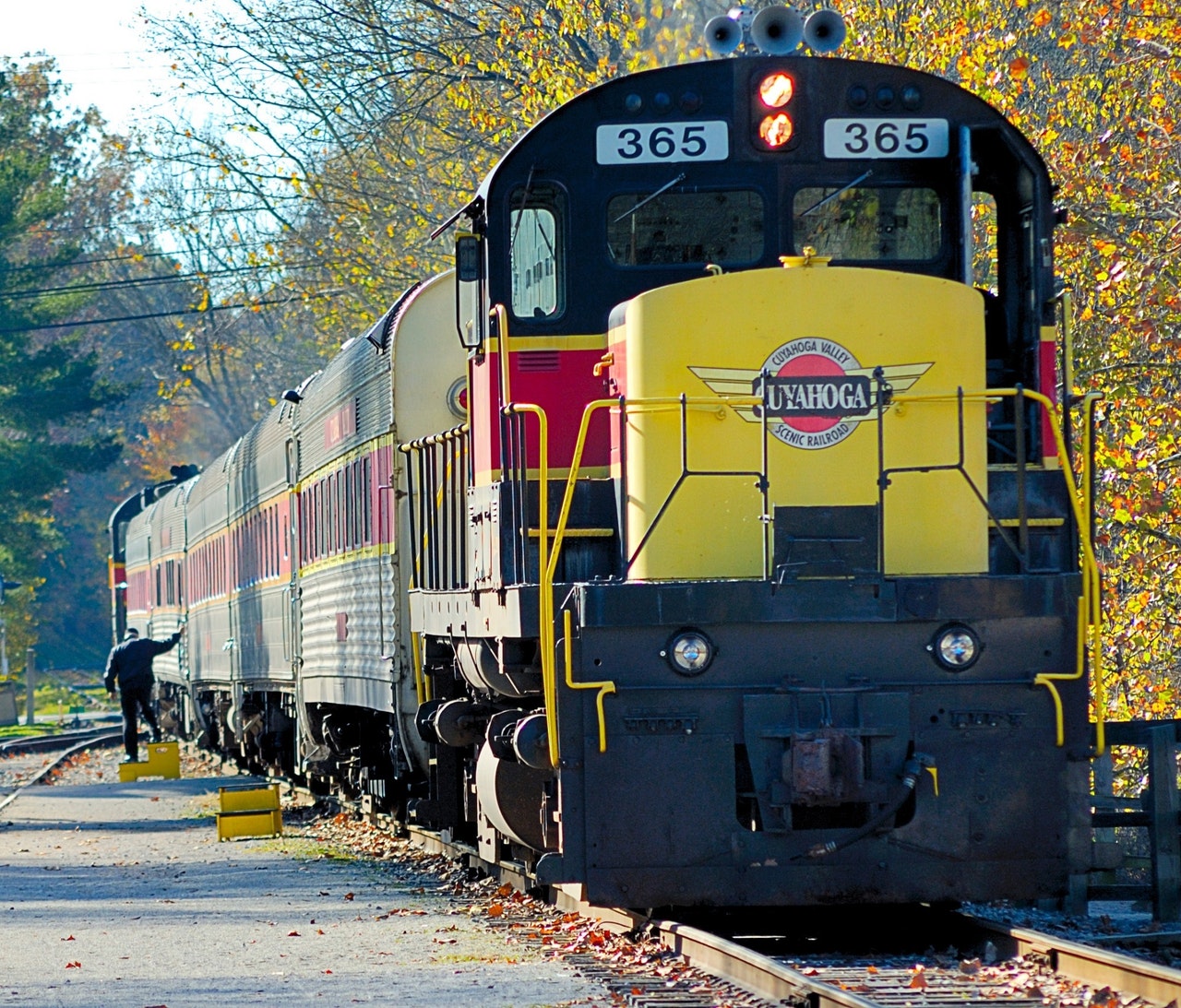What Year Was The First Diesel Locomotive Put Into Service

I've e'er loved trains; there'southward just something magical about them (perchance thanks to a certain wizard we all know).
And that magic was a powerful part of why they had such a big touch on the way industries grew and thrived over the years. When trains were introduced, information technology simply made a lot of peoples' lives easier.
Trains are huge, and the fleck of mechanism that powers them has to be able to handle a lot— that'due south why the diesel engine revolutionized this industry even farther.
 How These Diesel Engines Work
How These Diesel Engines Work
While steam locomotives got everything rolling, diesel fuel engines just worked meliorate. Diesel is more efficient than gasoline, so it was a natural selection to get the job done--plus they need less maintenance than other forms of energy and could run longer distances earlier needing more fuel.
Basic locomotives popped upwards in the 1500s and steam engines took off in the1800s, only things really inverse when, in 1913, the first diesel-powered engine was used in Sweden. In 1917, GE began testing with a GM-50 prime mover, which was a 5-8 diesel engine they designed.
These engines used, you guessed it, diesel fuel as their fuel. But things weren't e'er polish sailing for these guys. They weren't used regularly until 1939 when General Motors proved diesel'southward worth in their FT freight blueprint testing. The diesel engine had to overcome some major obstacles throughout its time.
The offset was with power manual. Internal combustion engines work all-time with a limited range of turning frequencies. Clutches help with this in smaller vehicles. However, diesel locomotives really eliminate the need for mechanical transmissions. So why don't we want this functioning on a train? Considering it has a smaller speed range, simply put.
It took around 50 years for the diesel fuel engine to produce as much power as the steam engine, but these improvements were well worth the wait. Diesel fuel engines were the mode of the time to come.
Want to read more about trains? Check out our post on a brief history of trains!
Diesel Engines Today
One common misconception about these engines is that they power the railroad train'southward move when in fact the engine powers an electrical generator that moves the wheels and propels the train.
Because of that, these trains are ofttimes considered a sort of hybrid, powered both past diesel and electric components.
Today's trains are decked out with additional technology to better their performance. These computers clarify motors while the train is running— by the style, today'southward trains are typically powered past a 12-cylinder, 2-stroke (diesel) engine.

The biggest players in the game today are GE and Progress Track, and their cabs have many luxuries that have been added over the years including ac, electronic components, and more.
One major fact speaks to the ability of the diesel fuel-powered locomotive: outset and second-generation models built over a half-century ago are nevertheless operating today. It goes without proverb that this postal service only —touches —on the power of the diesel train engine. If you're thinking this is foreshadowing to more than blog posts down the road, well, yous're correct!
These trains can travel at speeds over 100 mph, transporting goods across the country in ways that nosotros used to only dream.
Sources:
https://en.wikipedia.org/wiki/Diesel_locomotive
https://science.howstuffworks.com/ship/engines-equipment/diesel-locomotive.htm
http://www.american-rails.com/diesel fuel-locomotives.html
What Year Was The First Diesel Locomotive Put Into Service,
Source: https://petroleumservicecompany.com/blog/history-behind-diesel-train-engines/
Posted by: thompsonthencerest70.blogspot.com


0 Response to "What Year Was The First Diesel Locomotive Put Into Service"
Post a Comment